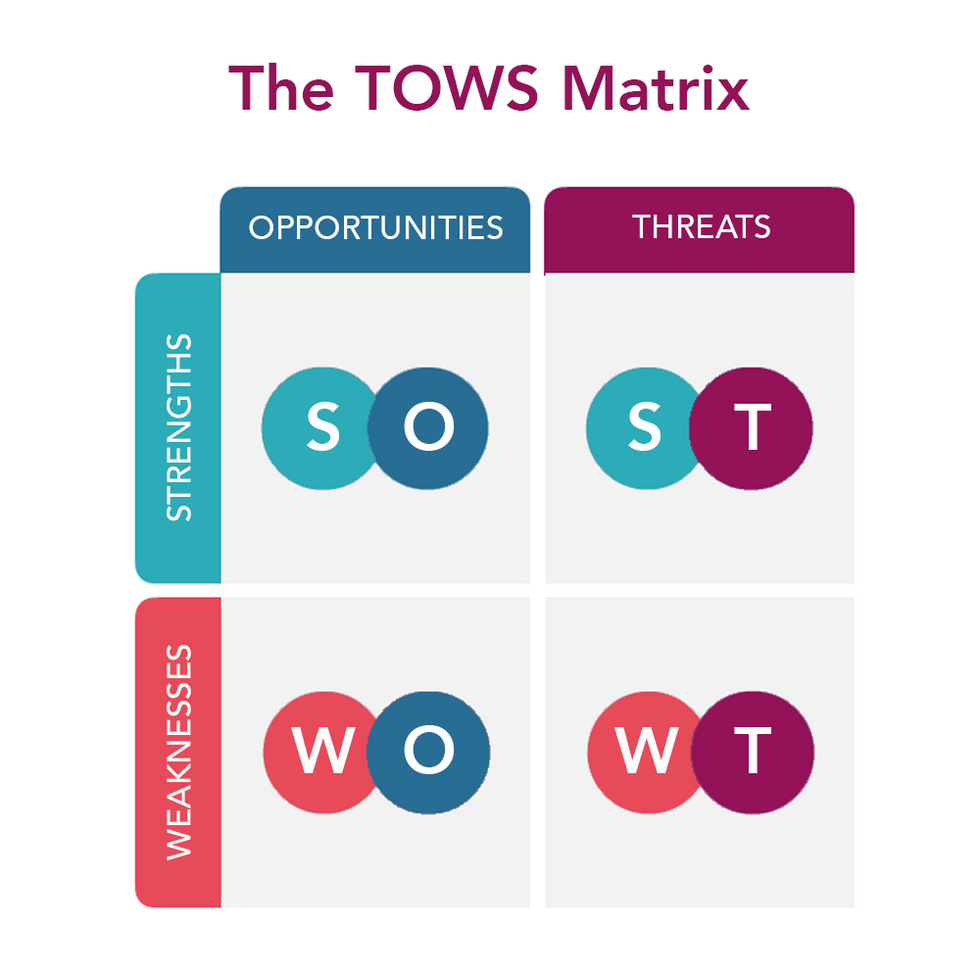5 Ways To Develop Your Skills On The Job

In today’s competitive job market, it’s so important that you keep learning and growing. But you know what? Time is scarce. It is hard enough to get the job done each day let alone plan for the next step in your career. But, if your career is a priority, it is critical to find ways to learn and grow so that you can continue to advance your career and develop your skills.
If you are looking for a promotion or raise, you’re going to have to prove you can add more value. The best way to do this is to continually feed your career with skills and knowledge that show you are worth the raise and promotion.
Here are five ways to develop your skills at work and advance your career.
1. Get A Mentor & Be A Mentor

Having a mentor at work is crucial to attaining new skills and knowledge. A good mentor will help you solve some of the challenges and roadblocks you face. The best mentors will help you figure out the next steps that work for you and help guide you over hurdles that sit squarely in your blind spot.
Amazing mentors will be the people who tell you what you need to hear and not what you want to hear. They will give you the real feedback you need to fill in your blind spots that put you in a position to advance.
Mentors are important to advancing your career. They can expose you to new experiences and points of view.
In addition to finding a good mentor, consider finding a good protégé as well. In many cases, taking that next step in your career means you may have to manage people. The best way to practice is to become a mentor to someone else.
When you become a mentor, you pay your learnings forward to others to help them advance as well. You learn a lot about motivating people and teaching them new skills when you can also act as a mentor at work.
2. Raise Your Hand For New Challenges

When you see new opportunities to learn new skills, go for it. If there is something in the company you want to learn to do and you see an opportunity to learn those skills in a special project or a new assignment, make the grab.
Do a little extra when it’s required to learn those new skills that you need to advance. Remember, it’s not aggressive to reach for a new opportunity. It is helpful, useful, and valuable.
People who progress in their careers find ways to elegantly make grabs for new learning opportunities.
When a new project comes up and it aligns with the skills you’re looking to obtain, raise that hand. Let your manager or HR team know that you want to learn some new skills or gain new, more advanced experience. Be clear on what you can offer to the project and get involved.
3. Read, Read, Read & Look For Problems To Solve

Sometimes there are not a lot of grabs to make. We understand that. We recommend that you start reading everything you can about your industry and your field.
Study everything there is to know about your company and its competitors. Know the company goals and unique selling points of your company like the back of your hand. Become an expert in these things and be able to talk about them. Think about some solutions to the company’s chief challenges.
Honestly, when someone on my team comes to me with a solution, they stand out.
When there are not many special projects to make a grab for, you can develop and pitch your own special project by knowing what challenges you can solve for the company. This way, you learn new skills and stand out because you’ve taken the time to solve a company problem.
4. Make Friends (Network) In Other Departments

Many times, new skills are outside your department or area of influence and responsibility. To overcome this, think about networking internally.
Get to know people in other divisions, other offices, and on other teams. Be curious about their department. Learn everything you can about their job and their skills. Find out how they got those skills and see how you might be able to chip in over there in your spare time to develop those skills you want to use to grow your career.
5. Find The Learning Opportunities Internally
The last one is one I always forget about.
Many companies have some sort of internal learning system. Go talk to your benefits team. Find out about training opportunities available to you. Learn about any tuition reimbursement benefits you may have. Talk with your HR team about what you want to learn and how it can help the company.
Developing new skills doesn’t have to mean going back to school in the evenings. Sometimes the skills you’re looking for are right in front of you. It’s a matter of knowing what you want to learn and finding ways to develop those skills while you are at work. After all, if you want to achieve career success, you have to work on your career just as much as you work in it!
If you’re struggling to develop your skills and grow your career, we can help.
We’d love it if you joined our FREE community. Itâs a private, online platform where workers, just like you, are coming together to learn and grow into powerful Workplace Renegades.
It’s time to find work that makes you feel happy, satisfied, and fulfilled. Join our FREE community today to finally become an empowered business-of-one!
This article was originally published at an earlier date.

















































